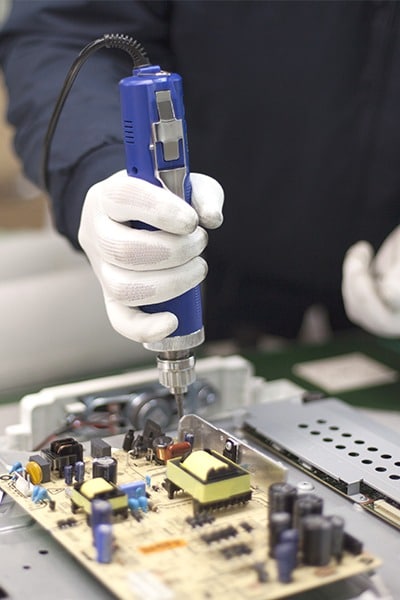
Supply chain expertise = customer confidence.
Traditional challenges for electronics and high-tech industries include predicting consumer demand, monitoring and strengthening complicated supply chains and maintaining product quality standards. Strict environmental regulations mean controlling the impact of every stage of a product’s life cycle, from the manufacturing process to consumer energy use and product disposal.
Gain real-time visibility
Easily formulate and revise plans based on real-time visibility of demand and inventory, even across complex global supply chains.
Meet service goals cost effectively
Use Logility’s best-in-class modeling environment to accurately model your supply chain’s operational constraints and keep service levels balanced.
Forecast at the SKU level
Easily predict sales for thousands of SKUs with wide-ranging life spans and variables such as capacity, capability and size.
Accelerate new product introductions
Gain the visibility and agility you need to optimize supply across the product’s entire life span, from launch to retirement.
The future of supply chain technology for electronics and high-tech industries is available now.
Logility’s solutions integrate data and processes across a global network of customers, suppliers and markets. As a result, you’ll have an agile, demand-driven enterprise that moves with best-in-class efficiency and visibility.
Monitor Performance, Reduce Risk
Logility continuously monitors and controls supply chain activities, alerting you to exceptions based on parameters you define.
Easily Manage Promotional Demand
Use Logility’s demand modeling capabilities to uniquely model lifts in demand related to new store openings, special offers, advertising, coupons, rebates or other pricing incentives.
Accelerate Replenishment Planning
Take an enterprise-wide approach to demand planning, inventory optimization and replenishment.
Integrated Business Planning
Leverage Logility’s proven optimization capabilities, rich visualization, powerful multi-scenario analysis and collaborative workflows to ensure your resources and investments are deployed effectively.
Optimize Inventory Policies
Strategically position inventory across your multi-echelon distribution network.






